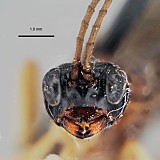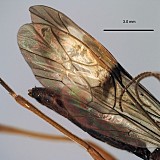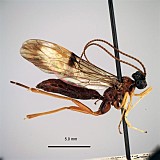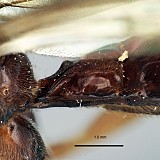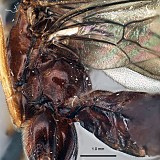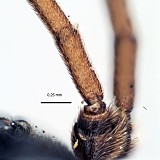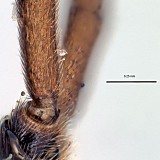Sialocara Townes, 1970
Sialocara cerasinum Townes, 1970
The type species was described from two female specimens in the American Entomological Institute that were collected in Nova Teutonia by Fritz Plaumann (Townes 1970). I have seen one male specimen in the Canadian National Collection (CNC); the above description is based largely on this specimen, in comparison with Townes (1970) and some additional comments made by Gauld (1997).
There are no specimens currently determined for this OTU, or those specimens determined for this OTU are not yet mappable.
This material is based upon work supported by the National Science Foundation under Grant Number DEB 0328922 with REU supplement 0923134.
Any opinions, findings, and conclusions or recommendations expressed in this material are those of the author(s) and do not necessarily reflect the views of the National Science Foundation.

